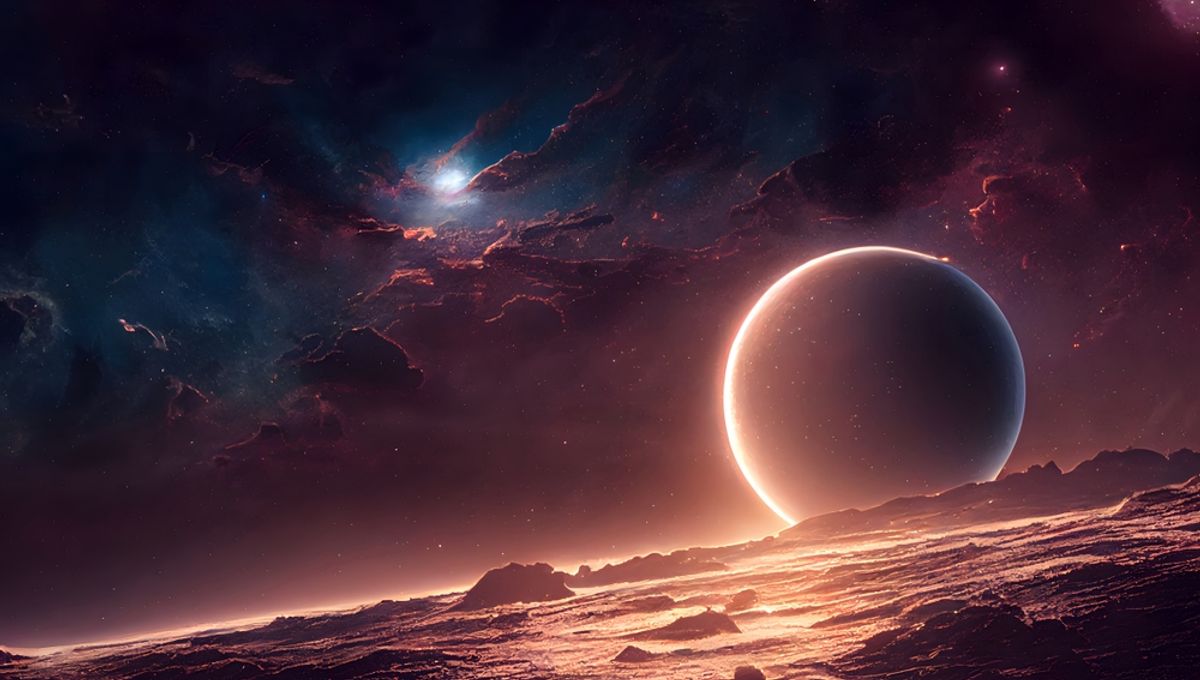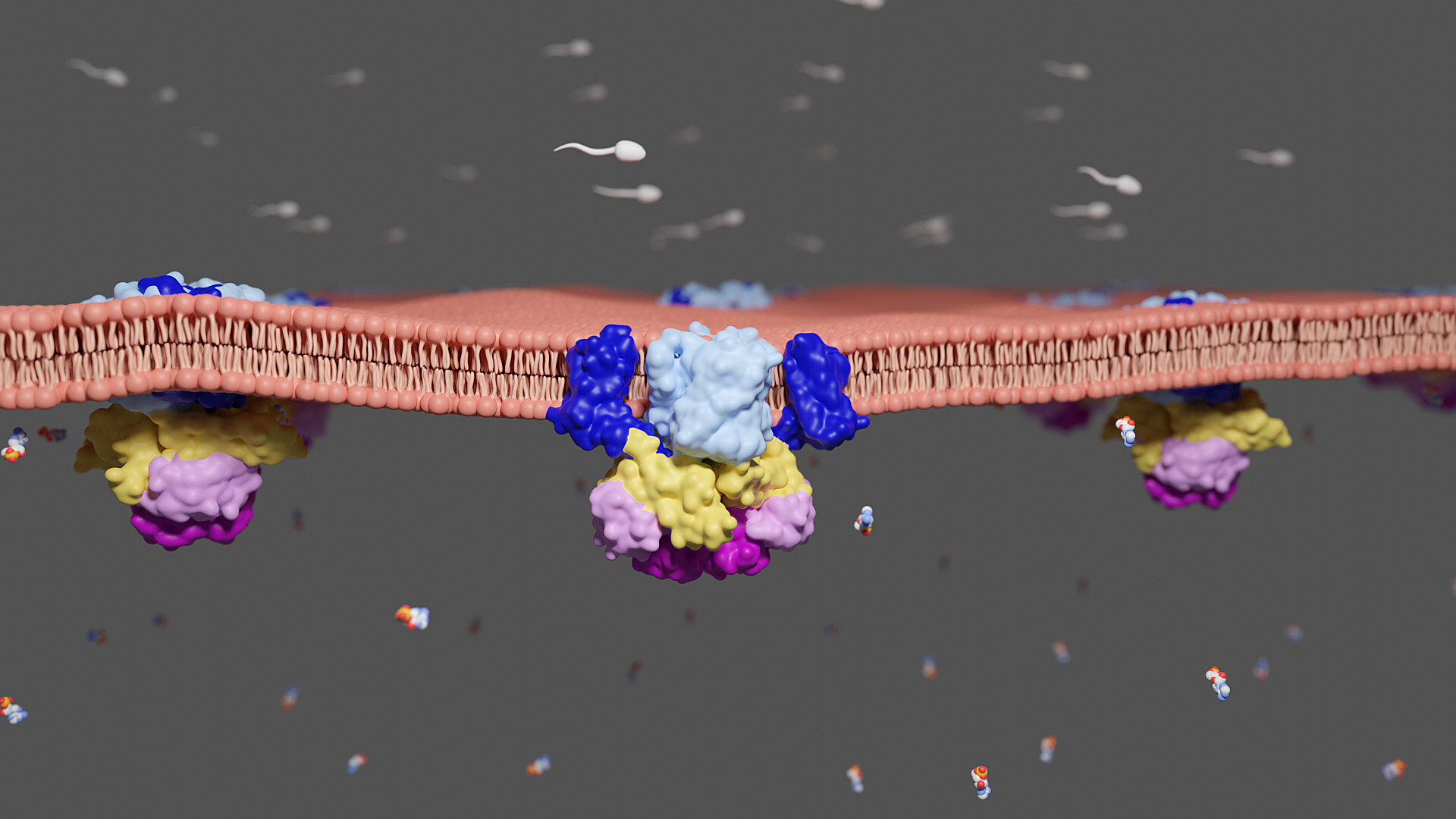In 1781, William Herschell made a groundbreaking discovery by finding Uranus. This opened up the possibility of finding more worlds in the universe, sparking the interest of astronomers everywhere. However, along with the genuine discovery of Neptune, some astronomers began to see or mistakenly deduce the existence of other worlds that weren’t actually there.
Vulcan
Unlike Uranus, Neptune’s discovery was not a stroke of luck. Astronomers noticed that Herschell’s finding was not following its expected orbit. It seemed to be influenced by a gravitational force other than Jupiter, Saturn, and the Sun.
Urbain Le Verrier, a mathematician who helped locate Neptune, turned his attention to another object defying orbital predictions: Mercury. Le Verrier argued that Mercury’s closest approach to the Sun could be influenced by a planet orbiting even closer to the Sun. He named this hypothetical planet “Vulcan.” Although no one had yet found Vulcan due to its difficulty to observe, Edmond Lescarbault claimed to have seen an object crossing the face of the Sun, similar to Venus and Mercury. This led Le Verrier to believe his prediction was correct.
Despite numerous reported transits, subsequent searches failed to find Vulcan. Eventually, Albert Einstein’s theory of General Relativity explained the movement of Mercury without the need for Vulcan’s existence.
However, Vulcan found a form of immortality in Star Trek, as it became the name of Spock’s home planet. The International Astronomical Union also reserved the term “Vulcanoids” in case any asteroids were discovered with orbits inside Mercury’s.
Nibiru
Compared to Vulcan, Nibiru is even more speculative. Proposed by Zecharia Sitchin in 1976, Nibiru was believed to be the home of ancient astronauts who aided early civilizations in unexplained feats like building pyramids. However, astronomers and historians quickly debunked this idea.
Initially thought to orbit far beyond Neptune, Nibiru gained attention again when it became associated with the 2012 doomsday predictions based on misinterpretations of the Maya calendar. Some individuals even claimed to have photographed Nibiru, placing it between Earth and the Sun or even inside Mercury’s orbit.
Despite the lack of evidence, books about Nibiru sold well, making Sitchin wealthy. The idea continues to attract followers, although it remains firmly in the realm of pseudoscience.
Antichthon (Counter-Earth)
The opposite side of the Sun from Earth is one of the most challenging areas to observe in the Solar System. Until space missions were developed, a planet located 180 degrees from Earth would have gone unnoticed.
Although there was never any reason to believe in the existence of such a planet, the concept of Antichthon was proposed 2,500 years ago as part of an astronomical model where Earth, the Sun, and Antichthon orbited a hidden “central fire.”
After Copernicus, the idea resurfaced among UFO enthusiasts searching for a closer source of extraterrestrial life. Some science fiction writers also incorporated the concept, such as using it as Superman’s home planet, Krypton.
Despite the opportunity for space probes to observe Antichthon, no evidence of its existence has been found.
Phaëton
While Vulcan, Nibiru, and Antichthon turned out to be purely








